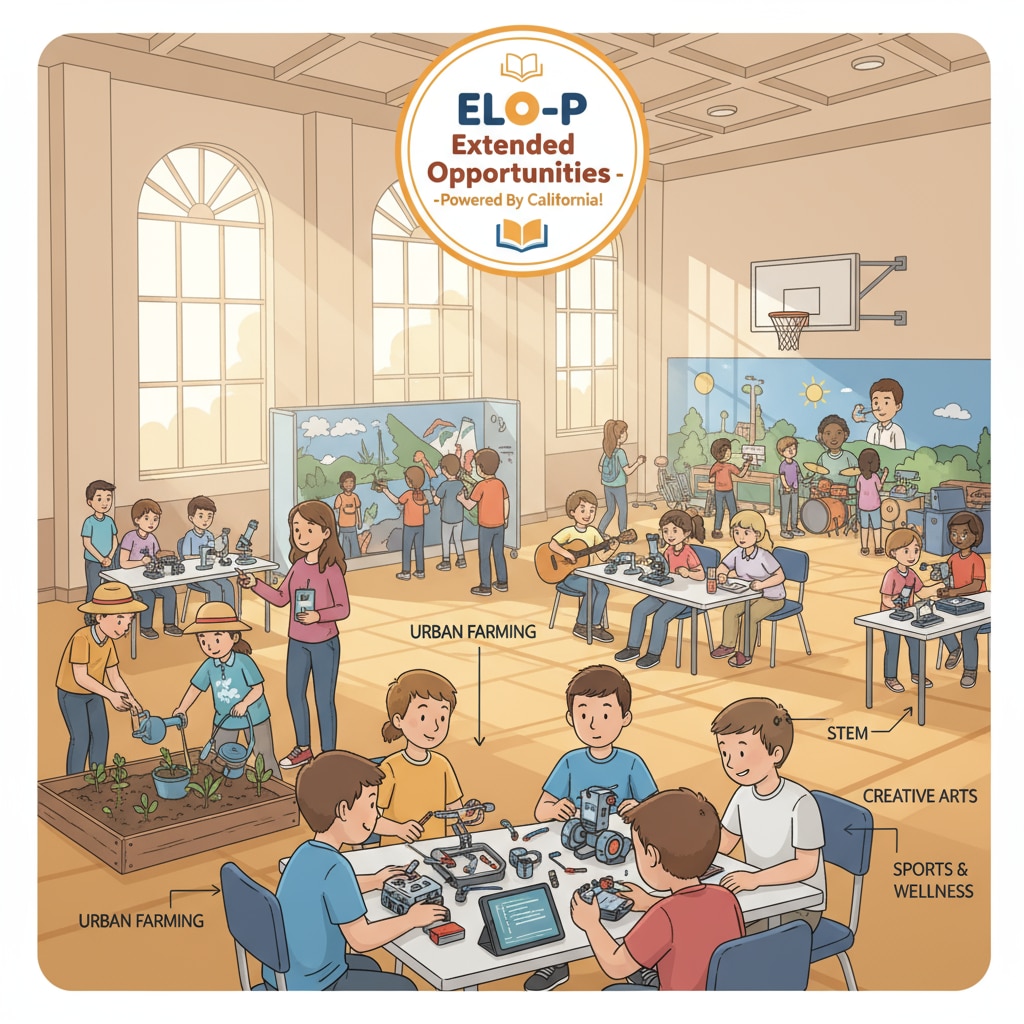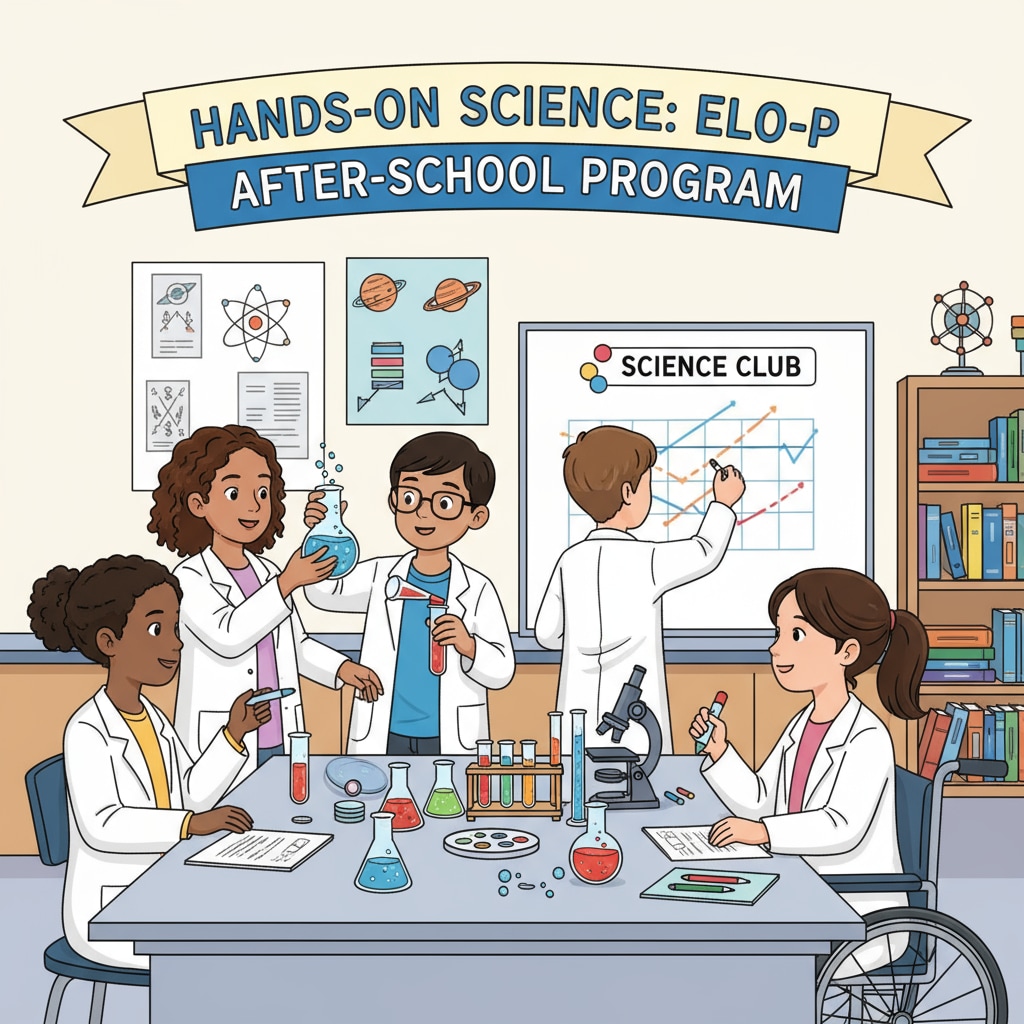The Extended Learning Opportunity Program (ELO-P) in California is a significant component of education funding. It aims to bridge learning gaps and provide comprehensive development opportunities. This evaluation focuses on how this initiative is faring in its mission to ensure that extended learning truly benefits every child.

The Significance of ELO-P in Education Funding
ELO-P plays a crucial role in the state’s education system. As a source of education funding, it targets areas where students may be falling behind. For example, it provides resources for after-school programs that offer academic support, enrichment activities, and opportunities for social and emotional development. This is especially important for students from disadvantaged backgrounds who may not have access to such resources outside of school. According to California Department of Education’s official page on ELO-P, these programs are designed to level the playing field in education.
Implementation and Achievements of ELO-P
Many schools in California have successfully implemented ELO-P. In some districts, after-school programs funded by ELO-P have seen increased student engagement. Students are more likely to participate in activities like science clubs, art workshops, and sports teams. These programs have also shown positive impacts on academic performance. For instance, a study by the RAND Corporation found that students involved in ELO-P funded after-school programs had higher grades in core subjects. This indicates that the extended learning opportunities provided are having a positive influence on students’ educational outcomes.

However, there are still challenges. One issue is the equitable distribution of resources. Some schools in less affluent areas may not receive the same level of funding or support as those in more prosperous regions. This can lead to disparities in the quality of extended learning programs. Another challenge is ensuring that the programs are tailored to the diverse needs of all students. With a wide range of learning abilities and interests among students, it can be difficult to design programs that meet everyone’s requirements.
Readability guidance: As we’ve seen, ELO-P has both positive aspects and areas that need improvement. In the next sections, we’ll explore possible solutions to these challenges to make extended learning more effective and accessible for all students in California.


